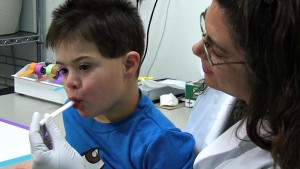
| Investigator |
| Cynthia Rand, PhD Professor Johns Hopkins School of Medicine |
| Project Description |
| The purpose of the PRIDE study is to conduct a randomized clinical trial of a home-delivered, motivational interviewing-based secondhand smoke (SHS) reduction intervention combined with a Head Start (HS) -level education program in reducing children’s SHS exposure, compared to a HS-level education program alone. We will enroll 350 Head Start students aged 2-5 years with a caregiver-reported smoker in the home from all 17 Baltimore City HS programs. The primary study outcome measure will be household SHS levels, as measured by home air nicotine levels at six month follow-up. Secondary outcomes include caregiver-reported home and car smoking bans, child’s salivary cotinine levels, children’s respiratory symptoms, caregiver smoking cessation, school absences, and health care utilization measures. |
